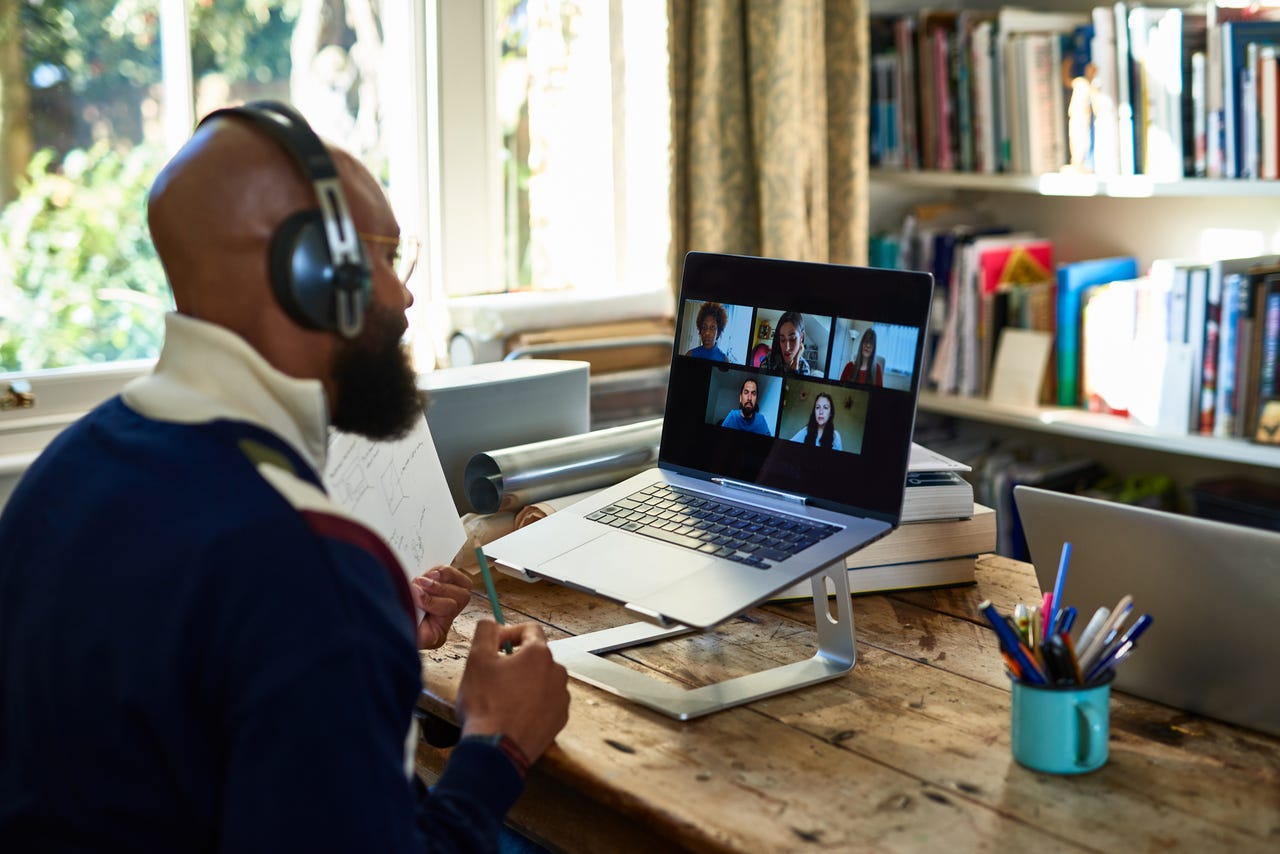リモートワークとは、通勤時間が減るが、働く時間が増えることを意味する

新しい研究によると、リモートワークをしている人々は、以前は通勤していた時間の大部分をより多くの仕事に費やしています。
全米経済研究局のワーキング ペーパーの背後にいる研究者は、 在宅勤務時の時間の節約, estimate that people who WFH use 40% of their commute-time savings on working on primary and secondary jobs. A further 34% goes to leisure, and 11% goes to caregiving.
「これらの結果は、節約された時間の多くが雇用主に還元され、子供やその他の介護を受ける人にも利益がもたらされることを示唆しています」と研究者は書いています。
The researchers used data collected from 18,995 workers surveyed in 27 countries between 2021 and 2022. The average time savings across countries amounted to 72 minutes per day, which used to go towards unpaid hours commuting. In the US, time savings when WFH amounted to 55 minutes, compared to 99-102 minutes across India, Japan, and China. The US was at the low end of scale of time saved by WFH.
また: 偶発的なテレポートと仮想ハイタッチ: VR 会議について学んだこと
The US was fairly close to the average in each of the metrics. Those in the US who WFH spent 42% of their former commute time on work, 35% on leisure, and 8% on caregiving.
Nations that spent the most of the extra time from WFH on work included Taiwan (53%), Singapore (53%), Malaysia (53%), India (47%), and China (46%). Respondents in Austria, Spain, and Germany allocated more than 40% of their time savings to leisure.
However, the study noted the benefits of remote work can go further. The full private value of working from home is greater for several reasons, it notes, pointing out that avoiding the commute brings financial savings as well as time savings. Workers spend less time grooming and getting ready for work when they WFH, while working from home also offers more flexibility in time used over the day, and greater personal autonomy.
「結論として、たとえば週に XNUMX ~ XNUMX 日在宅勤務することの直接的な私的価値は、通勤時間の節約に適用される移動時間の評価によって示唆されるよりも大きいということです」と研究は述べています。
A similar study by researchers at the Federal Reserve Bank of New York last year found that Americans were allocating their saved commute time toward work, leisure activities, and sleeping, but they had reduced overall paid work hours because they were doing other activities, such as sport and leisure.
また: ハイブリッドな働き方のヒント: 午後半ばのスランプを克服する 5 つの方法
Most CEOs want staff back at the office and are eyeing 2025 as the year the 9-to-5 day at the office makes a return, according to a KPMG survey of 1,325 CEOs.

